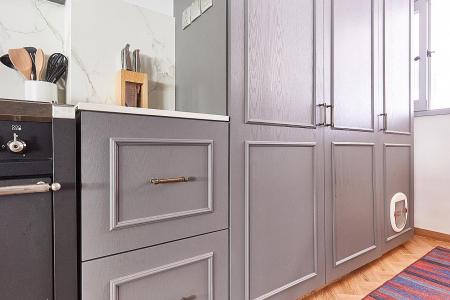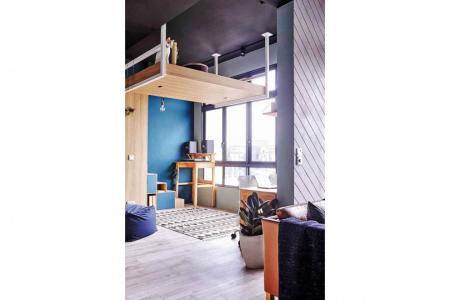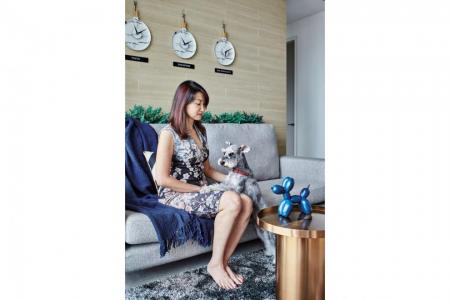Best ways to create a pet-compatible home interior
What makes a home great for pets? We take a look at some interior design options
Responsible pet owners always consider the needs of their pets in the design brief given to their interior designers. Pets, after all, are honorary family members whose needs and habits must be accommodated by their domestic spaces.
So what makes the design of your home work for your pets too? Here, we take a look at some common elements and clever design details.
Hidden business
There are smart and beautifully designed cat litter boxes that look like objects of art. While these are great, they cannot compare to hidden integrated litter compartments.
Cats love exploring hidden spaces, so the litter box can be placed inside a cabinet that the cat can access via a porthole. The hidden litter box also contributes to a cleaner look inside the home.
Dedicated cleaning area
In addition to professional grooming, your pet should have a regular bathing and simple grooming routine at home, especially for dogs which need to be walked outdoors.
This could be conveniently integrated into the yard area near water points and operable windows, or a corner of a common bathroom if the bathroom user does not mind sharing it with the pet.
Compatible soft furnishings
Choose appropriate materials for soft furnishing such as curtains, throws and furniture upholstery.
Sturdy fabrics with flat and dense weaving like canvas, denim and synthetic microfibres are ideal for furniture upholstery in a household with pets.
Removable canvas cover and synthetic throws are great to keep your couch from being damaged by your pets, while heavy curtains can have the acoustic benefit of reducing noise from inside to minimise disturbance to the neighbourhood.
Clutter-free open layout
Like children, pets are incompatible with small items that may be a choking hazard, exposed wires and fragile objects like glassware.
So think of a clutter-free interior featuring hidden wires. Dedicated storage for small items, with a locking mechanism or placed outside the pet's reach, is ideal for keeping both pets and the items safe.
Perching places
Cats are territorial creatures and roam around. If you do not want your cats to climb to high spots, remove such temptations.
Or if you would like to keep them out of the way, dedicate a perching place near the ceiling to free up the space beneath it.
There is also the option of custom-building spatial design elements such as stairs and platforms for cats.
Low maintenance flooring materials
Most pets have claws that click on the floor when they roam about, so choose wisely.
Avoid rugs and carpets as they absorb odours and stains too easily and are difficult to clean.
Hardwood flooring is similarly risky as it will retain stains when it is not cleaned immediately. It requires a certain amount of vigilance that can be taxing.
Tiles are ideal as they are resilient, do not absorb moisture and odour, and are available in a wide range of colours and textures.
For instance, wood-look tiles lend warmth without the hassle of maintenance demanded by solid timber.
Vinyl is also a sensible and affordable choice as it comes with a protective scratch- and stain-resistant coating.
Operable window (with safety measures)
Fresh air and ample natural light are as important to pets as they are to humans. Some breeds with dense coats, like British Shorthair cats or Chow Chow dogs, may require air conditioning 24/7 to keep them in top health condition in Singapore's hot and humid climate - but bear in mind that the rooms they live in still need airing out.
So install a proper pet-proofing mesh and open the window once in a while.
Pet-proofed windows can add to the overall look of the space. Black grille or magnetic mesh, for instance, can lend an industrial aesthetic.
Colour matching
Should the colour of your pet match your home? Why not, as long as it does not come at the cost of your or the pet's health.
Matching the interior colour scheme with your pet also has the added benefit of camouflaging the animal hair that would inevitably cling to furniture and fabrics.
This article was first published in Home & Decor Singapore (homeanddecor.com.sg)
Get The New Paper on your phone with the free TNP app. Download from the Apple App Store or Google Play Store now





